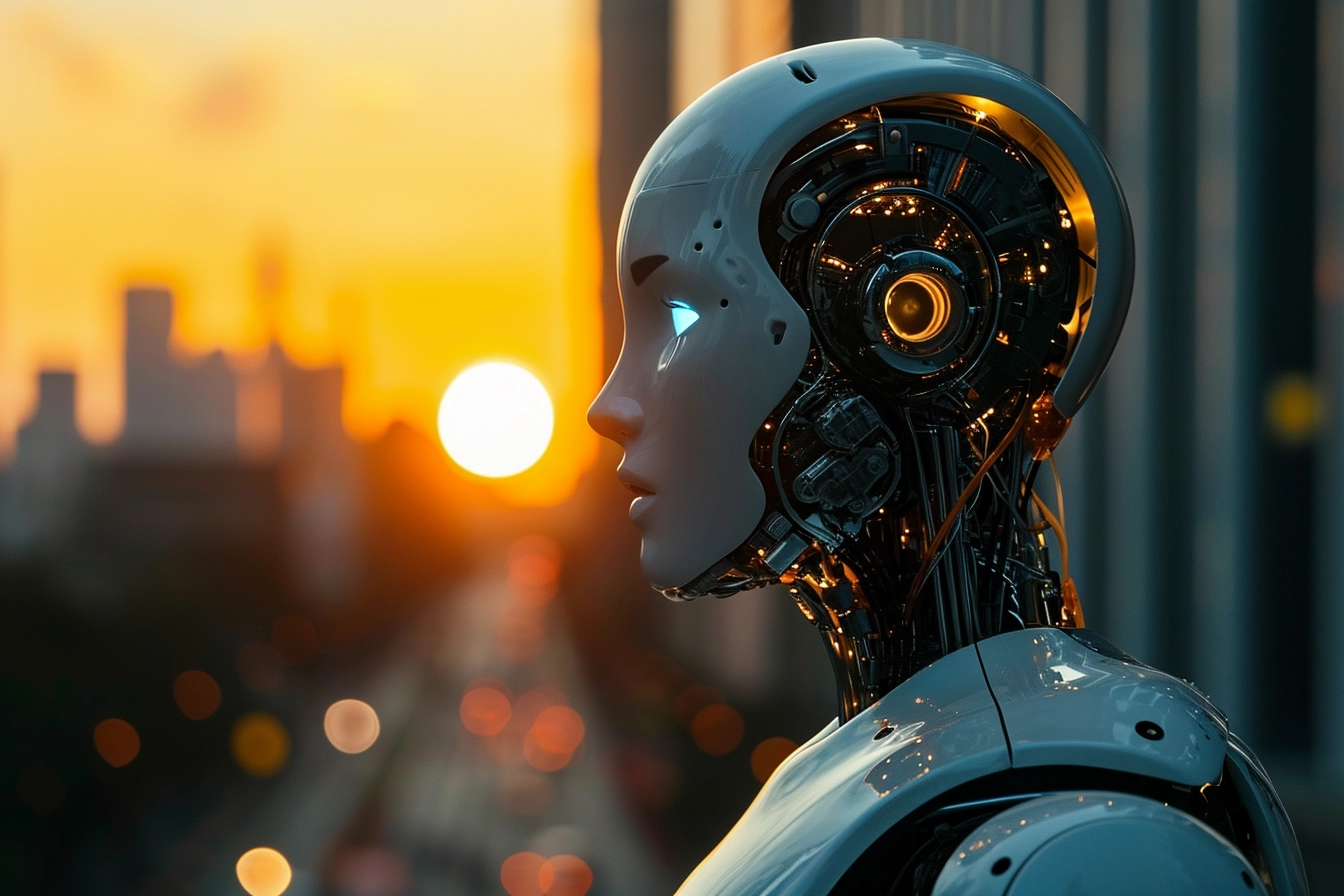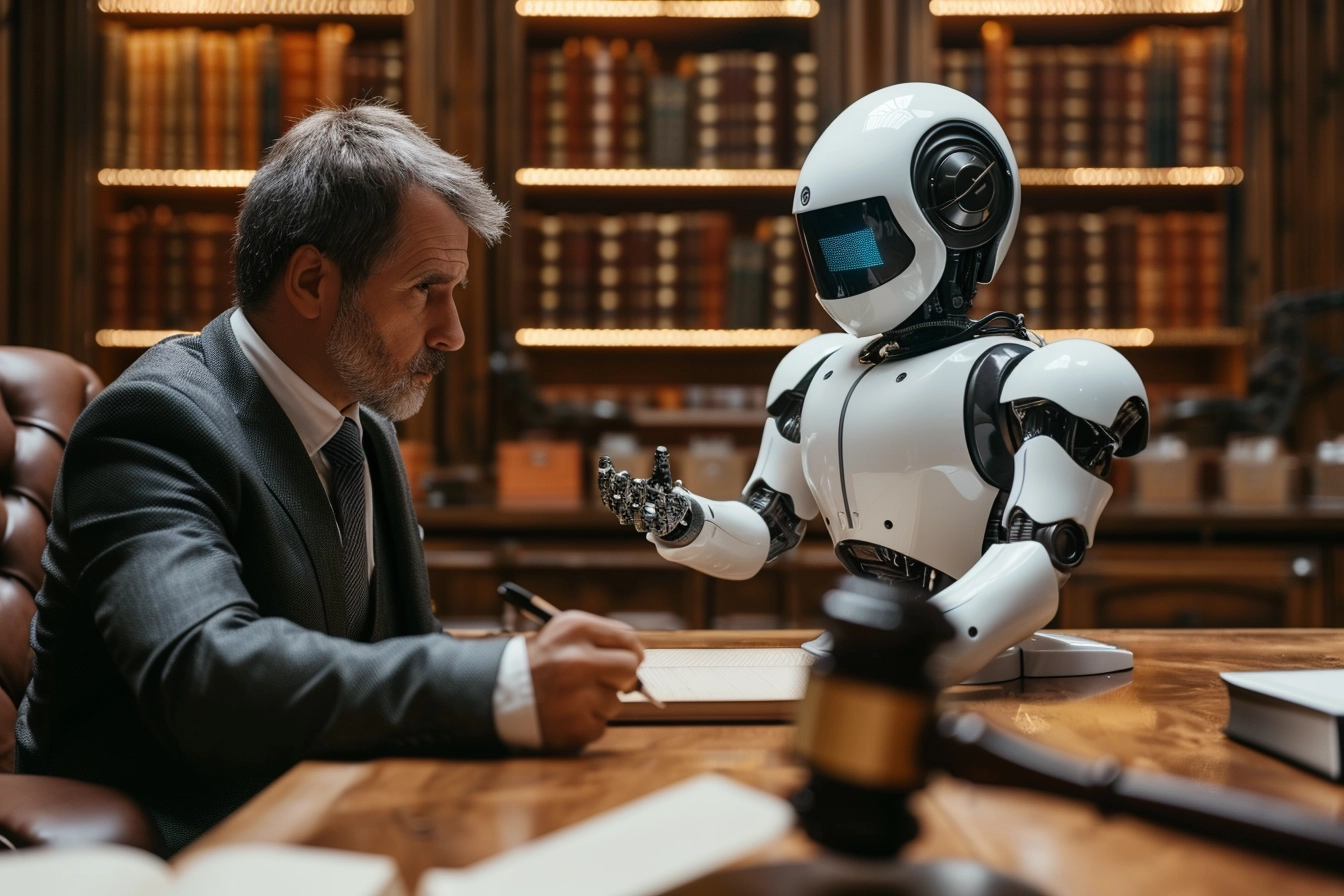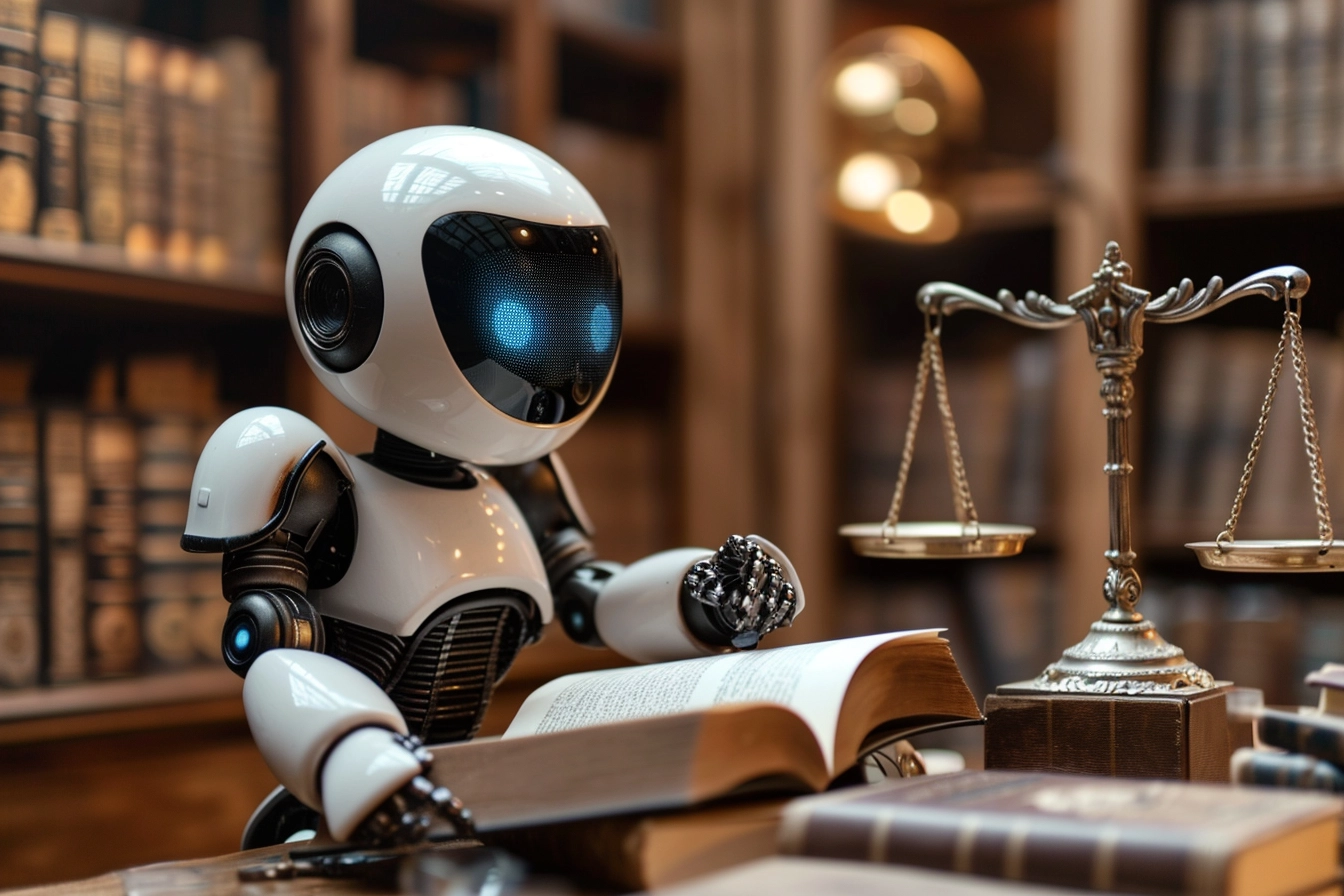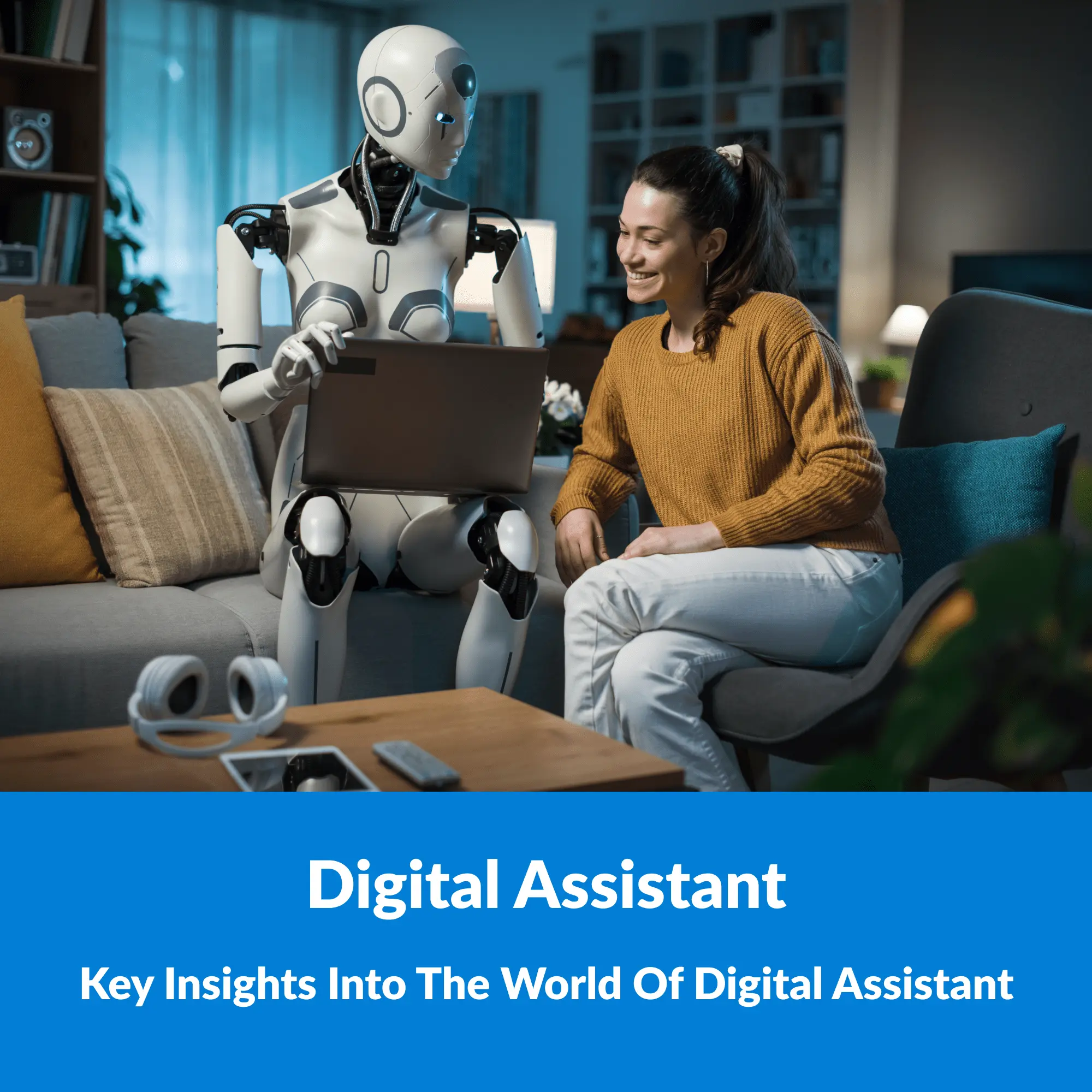
The world is witnessing a new dawn in artificial intelligence. Generative AI, capable of crafting seemingly original content like images, code, and even music, is pushing the boundaries of human creativity. While this promises exciting possibilities, it also raises a complex web of legal challenges that demand immediate attention.This article delves into the multifaceted legal issues raised by AI, exploring intellectual property rights, privacy, liability, and ethical considerations. It aims to provide a clearer understanding of these challenges and guide individuals and organizations in navigating the legal intricacies of this evolving technology.
Understanding AI Legal Issues

The realm of AI legal issues revolves around the complex interplay between rapidly evolving technology and existing legal doctrines. These issues arise primarily because AI systems, especially those based on generative models, can perform tasks that were traditionally exclusive to humans, such as writing, painting, and decision-making. This shift raises fundamental questions about copyright ownership, liability, privacy, and ethical considerations.
AI Law emerges as a specialized field addressing these unique challenges. It encompasses a range of legal domains, including intellectual property, privacy law, contract law, and tort law, all of which are being reshaped in the context of AI. Understanding AI legal issues, therefore, is not just about applying old laws to new technologies but also about developing new legal paradigms that can accommodate the nuances of AI.
Key Legal Issues in AI Law

- Intellectual Property Rights: One of the most contentious issues is determining who owns the copyright to content generated by AI. Does the copyright belong to the AI developer, the user, or does the AI itself have any rights? Current intellectual property laws are not equipped to handle such questions, leading to legal uncertainty.
- Privacy and Data Protection: AI systems often require vast amounts of data, raising concerns about user consent, data protection, and privacy. Ensuring compliance with regulations like the GDPR is crucial for companies deploying AI solutions.
- Liability and Accountability: When an AI system makes a decision that leads to harm, who is liable? This question becomes more complex when the AI’s decision-making process is opaque. The legal system struggles to attribute liability in such scenarios.
- Transparency and Explainability: Legal requirements increasingly demand that AI systems be transparent and their decisions explainable, especially in critical sectors like healthcare and criminal justice. This is a significant challenge given the often ‘black box’ nature of AI algorithms.
- Bias and Discrimination: AI systems can perpetuate and even amplify biases present in their training data. This leads to legal concerns regarding discrimination and fairness, particularly in areas like employment and lending.
Top 5 Common AI Legal Issues
Now, let’s look a bit further into five prevalent AI legal issues:
1. Intellectual Property Disputes: AI-generated works are creating new frontiers in intellectual property law. For instance, when an AI creates a painting, the legal system must determine if this work can be copyrighted and, if so, who holds that copyright – the programmer, the AI entity, or the user who initiated the creation.
Case studies, such as the dispute over the authorship of AI-generated artwork, highlight these complexities.
Solutions involve clarifying copyright laws to address AI-generated content, potentially creating new categories of intellectual property rights.
2. Data Privacy Concerns: AI’s reliance on large datasets for training and operation raises significant privacy issues. Concerns arise particularly when personal data is used without explicit consent, potentially breaching privacy laws.
High-profile cases, such as data breaches involving AI systems, underscore the sensitivity of this issue.
Addressing these concerns involves strict adherence to data protection regulations, implementing robust data anonymization techniques, and ensuring transparency in data usage.
3. Liability in AI Decision-Making: The question of who bears responsibility for the actions or decisions of an AI system is increasingly pertinent. For instance, if an AI-driven vehicle is involved in an accident, the liability could fall on the manufacturer, the software developer, or the user, depending on the circumstances.
Legal cases in this area are still evolving, but they often revolve around product liability and negligence claims.
Solutions may include the development of specific legal frameworks for AI accountability, insurance models for AI risks, and clear guidelines for AI deployment in sensitive areas.
4. Transparency and Explainability Requirements:
Legal mandates for AI systems to be transparent and their decision-making processes explainable are gaining traction. This is particularly crucial in sectors like finance and healthcare, where AI decisions have significant impacts.
Instances where AI systems have failed or caused harm due to opaque algorithms serve as cautionary tales.
Legal compliance in this area might involve implementing AI systems with ‘explainability by design’ and adhering to emerging standards and regulations focused on AI transparency.
5. Combating AI Bias and Discrimination:
AI systems, if not carefully designed, can inherit and amplify biases present in their training data. This leads to legal challenges, especially in cases of discrimination in hiring, lending, or law enforcement.
Several lawsuits and investigations into AI systems have brought this issue to the forefront, demonstrating the legal implications of biased AI.
Legislative actions, like guidelines for ethical AI development and mandatory bias audits for AI systems, are potential solutions to mitigate this issue.
Mitigating Legal Risks in AI

To navigate these legal challenges, a multi-faceted approach is essential. Companies and AI developers must stay abreast of evolving laws and regulations. Proactive measures, such as conducting AI ethics reviews, implementing robust data governance policies, and engaging in transparent AI practices, are crucial. Collaboration between technologists, legal experts, and policymakers is key to developing balanced and effective legal frameworks that can adapt to the rapid pace of AI innovation.
Conclusion
The legal landscape of generative AI is complex and ever-evolving. As we delve deeper into this era of unprecedented technological advancement, it becomes imperative to address these legal issues with agility and foresight. The dialogue between technology and law must be continuous, ensuring that legal frameworks not only respond to current challenges but are also resilient enough to adapt to future developments. In this journey, the harmonization of technological innovation with ethical and legal considerations will be paramount in shaping a future where AI is both transformational and responsibly governed.





